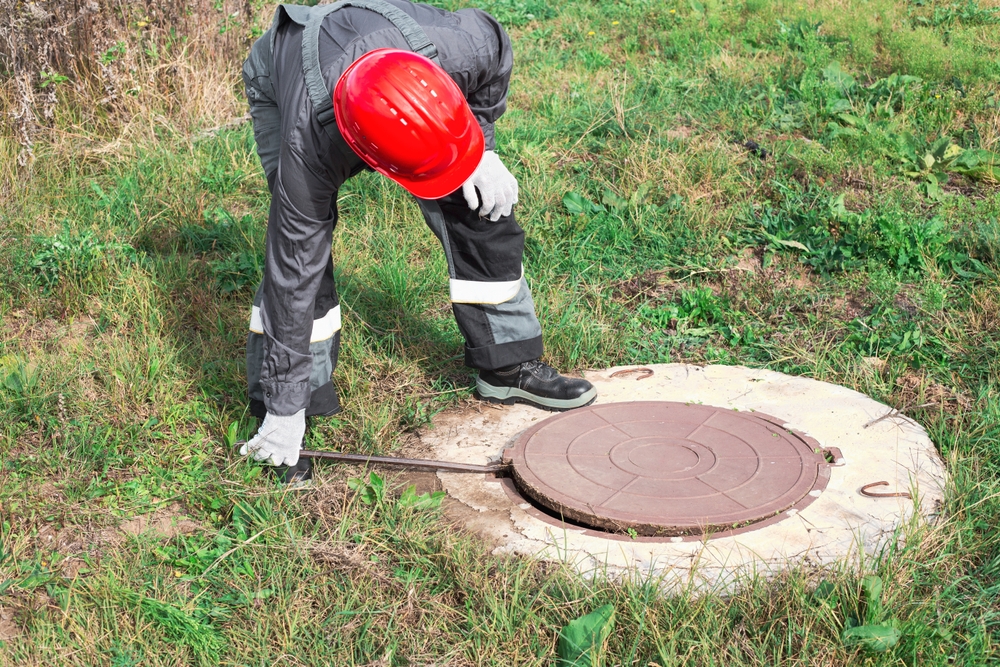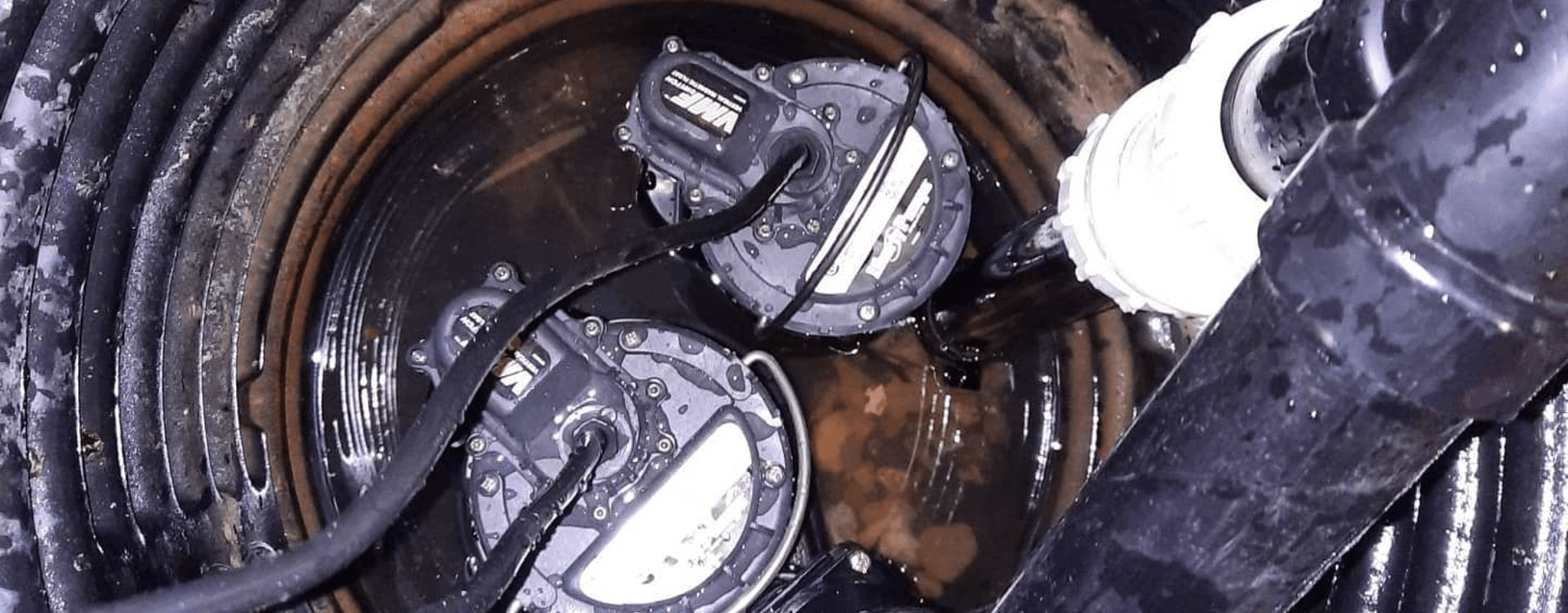
A failed septic drain field can be a homeowner’s nightmare, leading to unpleasant odours, pooling water, and potential health risks. Knowing how to fix a septic drainfield is essential to keeping your septic system healthy and functioning properly. In this article, we’ll go over the warning signs of a failing drain field, the common causes behind it, and the steps you can take to fix the issue.
While some fixes may seem simple, it’s always smart to call in a professional like our team at Cardinal Home Services. We specialize in septic drain field repair and can handle the job safely and effectively!
Signs of a Failing Septic Drain-Field
Before diving into how to fix a septic drainfield, it’s important to recognize the warning signs that something’s wrong. Here are some common indicators your drain field may be failing:
- Pooling Water – Unusual wet spots or pooling water in your yard, especially near the drain field area.
- Foul Odours – Persistent sewage smells emanating from the drain field or surrounding areas.
- Slow Drains – Household drains that are slow to clear or consistently backed up.
- Lush, Green Grass – An unusually green and lush lawn over the drain field due to excessive moisture.
What are the Different Elements of a Septic System?
Understanding how to fix a septic drainfield starts with knowing how the entire system works. Septic systems typically have three core elements: the septic tank, the distribution system, and the drain field. These components work together to treat and dispose of wastewater safely. When all parts are functioning properly, you avoid unpleasant smells, soggy patches in your yard, and system backups. Keeping each part of the system in good shape (especially the drain field) is essential for proper and legal wastewater treatment.
- Treatment: The septic tank reduces organic content and prepares effluent for the environment. Solids accumulate as sludge or scum. Regular cleaning every 2-5 years is essential to maintain the tank’s effectiveness and ensure proper effluent treatment
- Distribution: Effluent moves from the tank to the soil via pumps or gravity systems. Annual professional checks prevent issues like bad smells, pooling water, and backups. Proper maintenance avoids clogs and system failures.
- Final Treatment: Effluent is filtered in the soil before reintroduction to the environment. This stage ensures compliance with regulations and prevents fines. Regular inspections and care keep the septic system effective and sustainable.
Common Causes of Drain Field Failure
Understanding the root causes of drainfield failure can help prevent future issues. Common causes include:
- Soil Compaction
- Excessive Water Use
- Tree Roots
- Improper Maintenance
Can They Be Repaired?
Using the newer technologies we use at Cardinal Home Services, many drain fields can be repaired and replaced rather than a full system replacement.
The process starts with our team assessing and testing all the existing equipment in your septic system. We check the pumps, floats, and alarms to ensure proper function and examine the tank’s condition.
Finally, we’ll check the drain field for signs of damage – whether that’s physical damage, organic failure, or even landscaping issues. We need to know the condition of all equipment and assess whether things can be repaired, serviced, or potentially require replacement. Once we determine whether the damage is physical (eg. line breaks, pump failures, etc.) or organic, we will develop a project specifically for your property and wrap it in a lifetime guarantee!
Professional Septic Drain Field Repairs
Fixing a failed septic drain field requires understanding the signs of failure, identifying the root causes, and implementing the appropriate repair methods.
While it might be tempting to attempt DIY solutions, septic drainfield repair is complex and can pose health and environmental risks if not handled correctly. Our professionals at Cardinal Home Services have the expertise, equipment, and knowledge to diagnose and fix the problem efficiently. This ensures that your septic system is repaired according to local regulations and standards, providing peace of mind and long-term reliability.
If your drain field is showing signs of failure, or if you just want your system checked out, contact us today!



